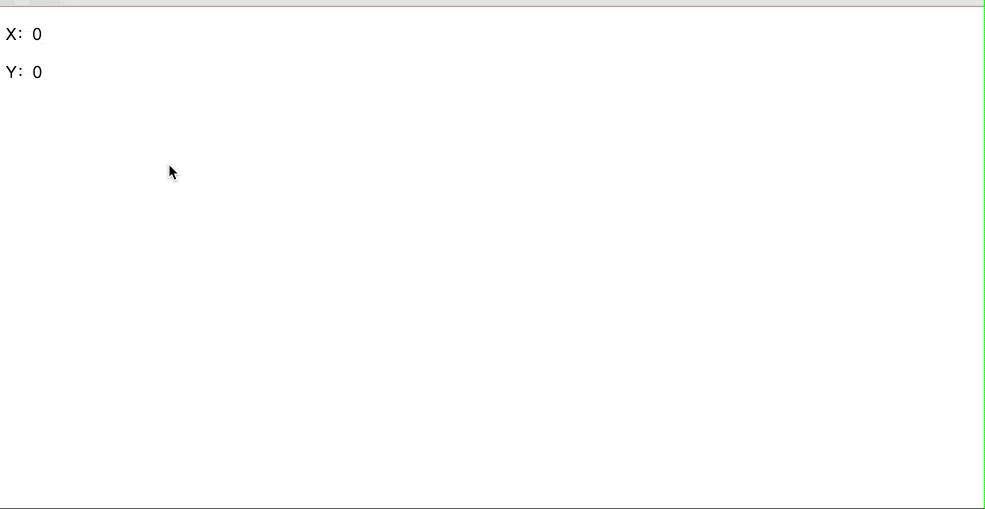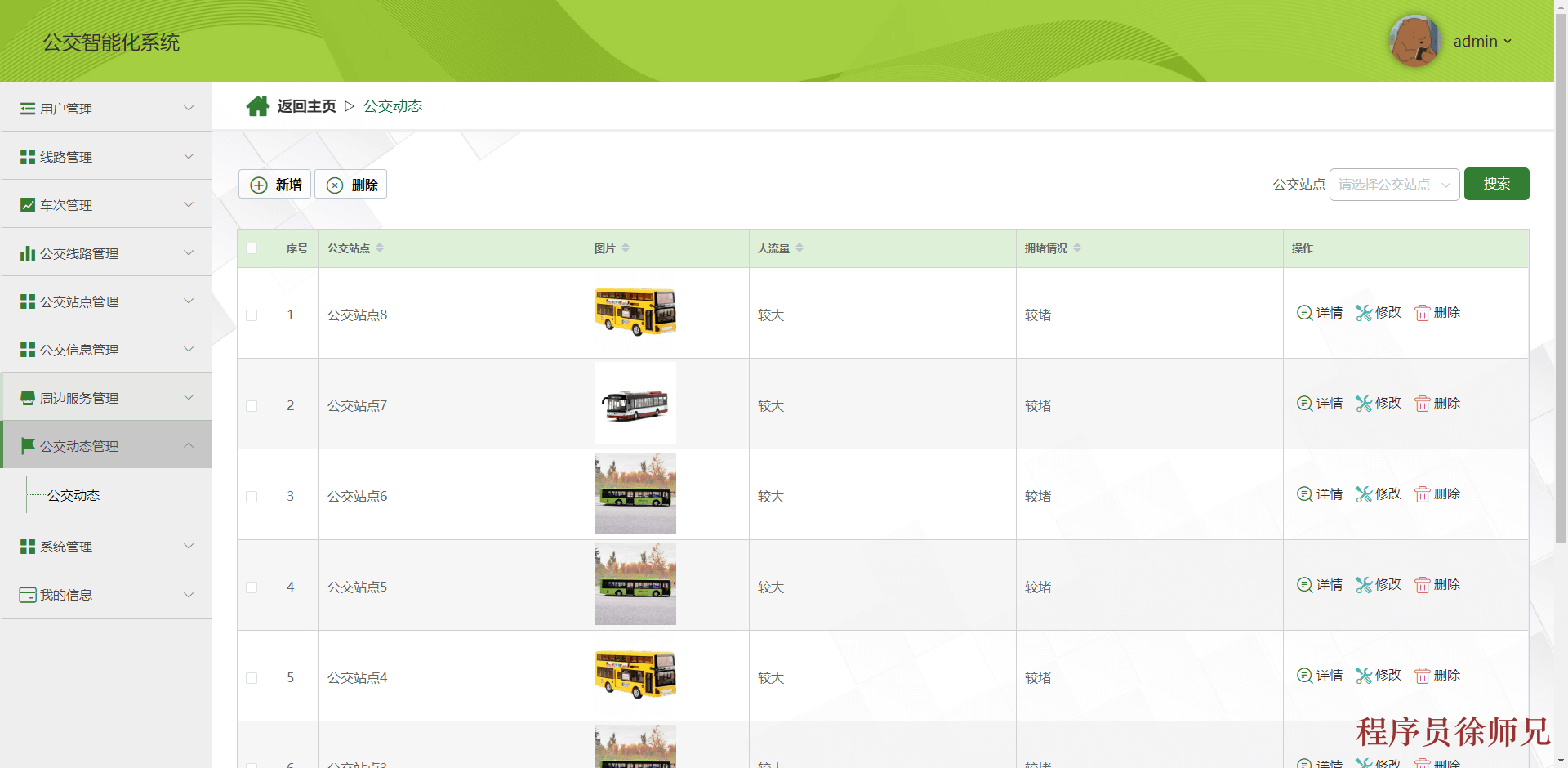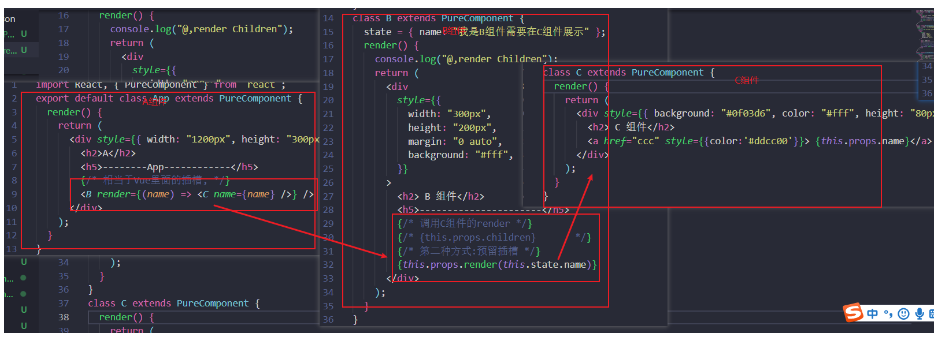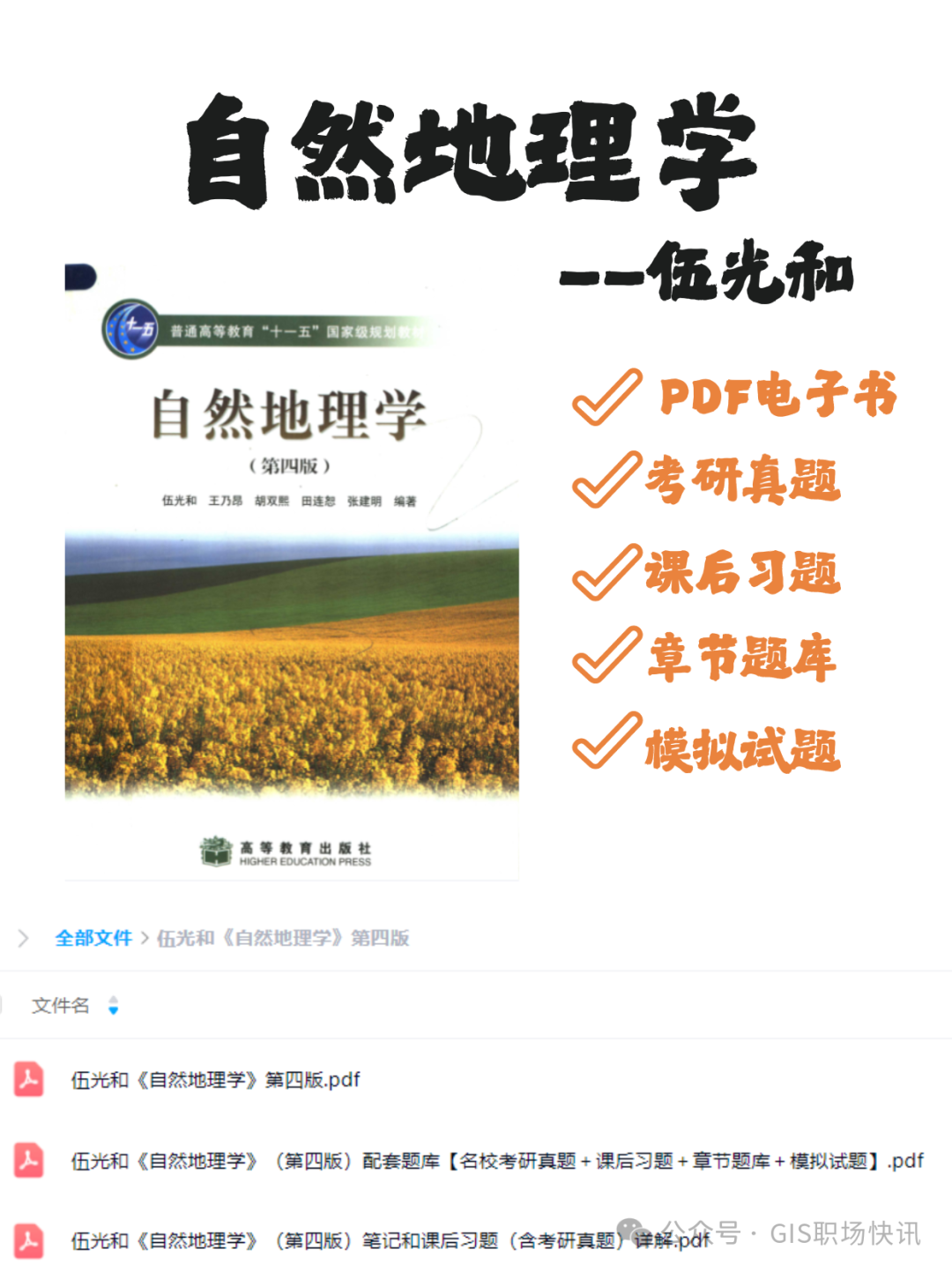Vue3高级用法
- 响应式
- Vue2:Object.defineProperty
- Object.defineProperty
- this.$set设置响应式
- Vue3:Proxy
- composition API
- Vue2 option API和Vue3 compositionAPI
- reactive和shallowReactive
- readonly效果
- toRefs效果
- 生命周期
- main.js
- index.html
- LifeCycle.vue
- 异步组件元素节点
- 正常写
- index.html
- main.js
- Async.vue
- AsyncComp.vue
- 使用异步
- main.js
- teleport 传送门—createPortal React
- index.html
- main.js
- Dialog.vue
- 自定义hooks
- index.html
- main.js
- useMousePosition.js
- MouseMove.vue
作业:Vue3官网所有内容过一遍 Vue3
响应式
- Vue2:Object.defineProperty
- Vue3:Proxy
Vue2:Object.defineProperty
Object.defineProperty
//Vue2:Object.defineProperty
const initData={
value:1
}
const data={}
Object.keys(initData).forEach(key=>{
Object.defineProperty(data,key,{
// getter setter
get(){
console.log("访问",key)
return initData[key]
},
set(val){
console.log("设置值",key)
initData[key]=val
}
})
})
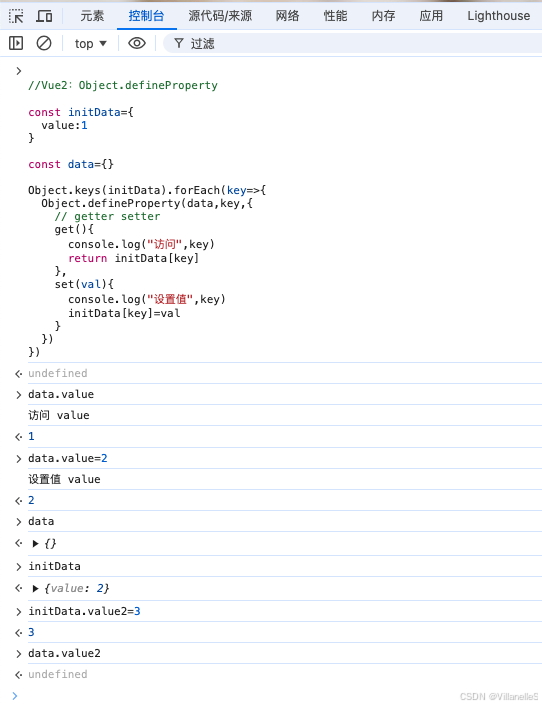
this.$set设置响应式
set给目的对象添加响应式属性后,并触发事件更新
this.$set(data,a,1)


Vue3:Proxy
// Vue3:Proxy
const person={
name:"张三"
}
let proxy=new Proxy(
person,
{
get:function(target,key){
if(key in target){
return target[key]
}
throw new Error(`${key} is not defined`)
},
set(target,key,val){
console.log("设置值",key)
target[key]=val
}
}
)
let obj=Object.create(proxy)
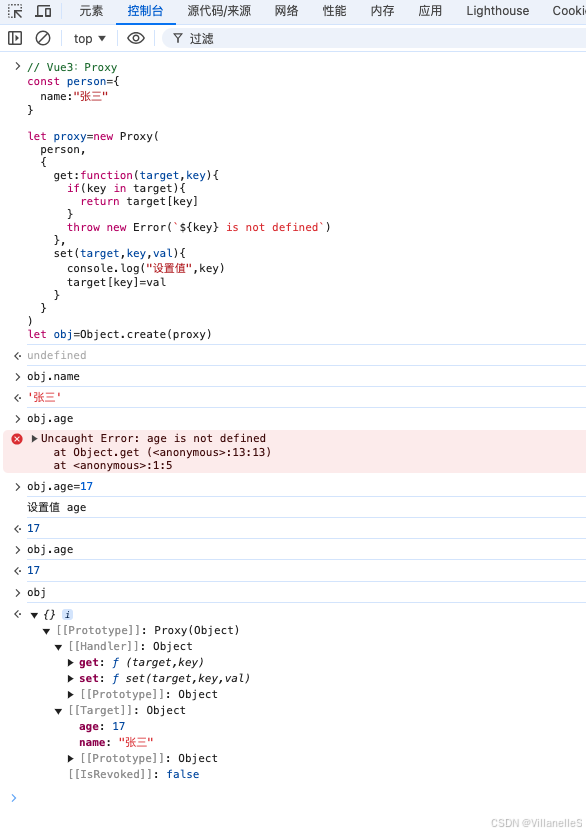
proxy的正规写法:
// Proxy正规写法
const initData={
value:1
}
let proxy=new Proxy(
initData,
{
get:function(target,key,receiver){
console.log("访问",key)
return Reflect.get(target,key,receiver)
},
set:function(target,key,val,receiver){
console.log("修改",key)
return Reflect.set(target,key,val,receiver)
}
}
)
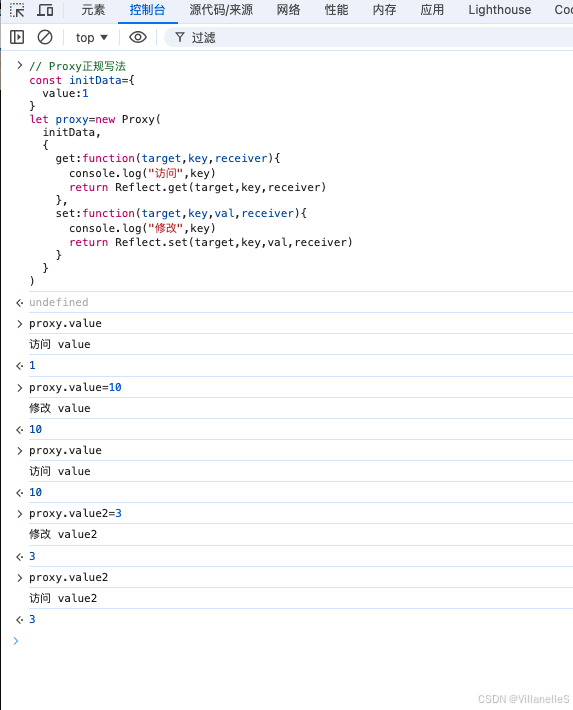
拓展
怎么将esNext转换为es5写法?
通过babel,国外主流的swc转换
composition API
Vue2 option API和Vue3 compositionAPI
Vue3的compositionAPI和Vue2的optionsAPI的最大的区别是:更加倾向于函数式编程以及Vue3支持多个根节点
Vue2:
<template>
<!--XXXX-->
</template>
<script>
export default {
data(){
return{ XXXX }
},
methods:{},
computed:{}
}
</script>
<style></style>
Vue2最容易产生的问题是:写一个文件一开始还好,写着写着就发现这个文件内容非常非常多,非常非常繁琐。
OptionAPI非常非常容易导致一个文件内容非常非常多,越往后越难改,非常非常容易出bug
Rect相对于Vue不容易写出那么夸张的效果
Vue2的mixin将组件单一内容拆解到一个文件,太灵活了,对多人协作不友好
=>Vue3主要解决的就是这个问题,将明确的逻辑抽象到一起
React=>自定义hook,将一部分的逻辑功能放到单一组件里去维护
App.vue
<template>
<div class="mine"></div>
</template>
<script>
import {defineComponent,ref,isRef} from 'vue'
export default defineComponent({
// 相当于Vue2生命周期中的beforeCreate,created
setup(){
const count=ref(10)
const user="张三"
console.log("count,user",count,count.value,user)
console.log("count is ref?",isRef(count))
console.log("user is ref?",isRef(user))
}
})
</script>
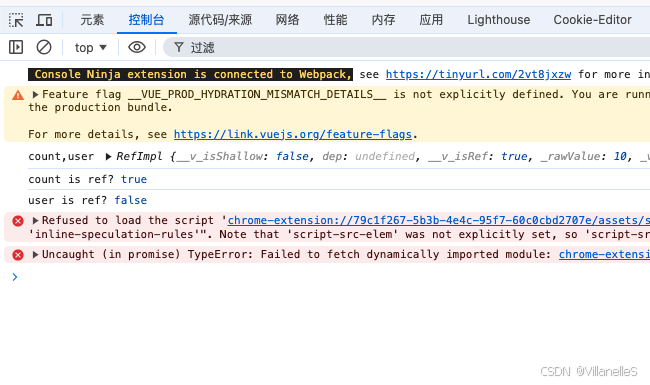
reactive和shallowReactive
<template>
<div class="mine"></div>
</template>
<script>
import {defineComponent,reactive,shallowReactive} from 'vue'
export default defineComponent({
// 相当于Vue2生命周期中的beforeCreate,created
setup(){
const person={
name:"张三",
age:18,
contacts:{
phone:12345
}
}
const personReactive=reactive(person)
console.log("person reactive",personReactive)
console.log("person reactive name",personReactive.name)
console.log("person reactive contacts",personReactive.contacts)
console.log("--------------分割线------------------------")
const shallowPersonReactive=shallowReactive(person)
console.log("shallow person reactive",shallowPersonReactive)
console.log("shallow person reactive name",shallowPersonReactive.name)
console.log("shallow person reactive contacts",shallowPersonReactive.contacts)
}
})
</script>
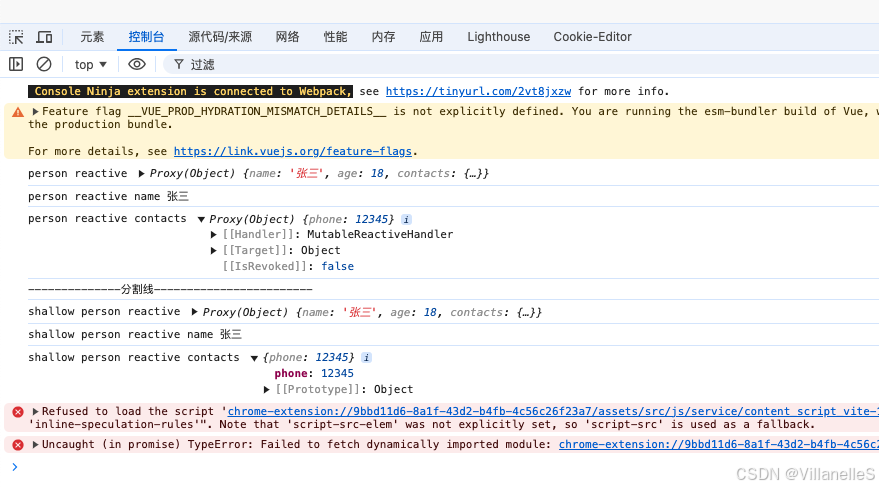
readonly效果
<template>
<div class="mine"></div>
</template>
<script>
import {defineComponent,ref,reactive,readonly} from 'vue'
export default defineComponent({
// 相当于Vue2生命周期中的beforeCreate,created
setup(){
const count=ref(10)
const obj=reactive({
abc:18,
count,
userInfo:{
age:66
}
})
console.log("reactive obj:",obj)
// 在Proxy的set中,是不允许做修改的
const objOnly=readonly(obj)
console.log("readonly obj:",objOnly)
objOnly.abc=100
console.log("readonly obj:",objOnly)
}
})
</script>
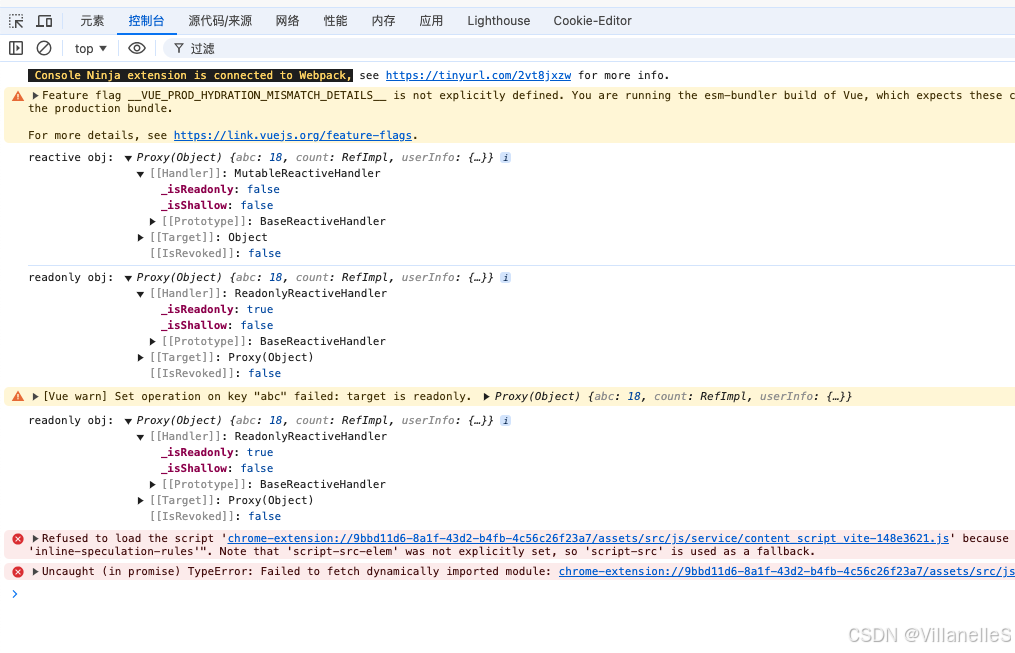
toRefs效果
<template>
<div class="mine"></div>
</template>
<script>
import {defineComponent,ref,isRef,reactive,shallowReactive,readonly, toRefs} from 'vue'
export default defineComponent({
// 相当于Vue2生命周期中的beforeCreate,created
setup(){
const count=ref(10)
const obj=reactive({
abc:18,
count,
userInfo:{
age:66
}
})
console.log("reactive obj:",obj)
console.log("toRefs obj",toRefs(obj))
}
})
</script>
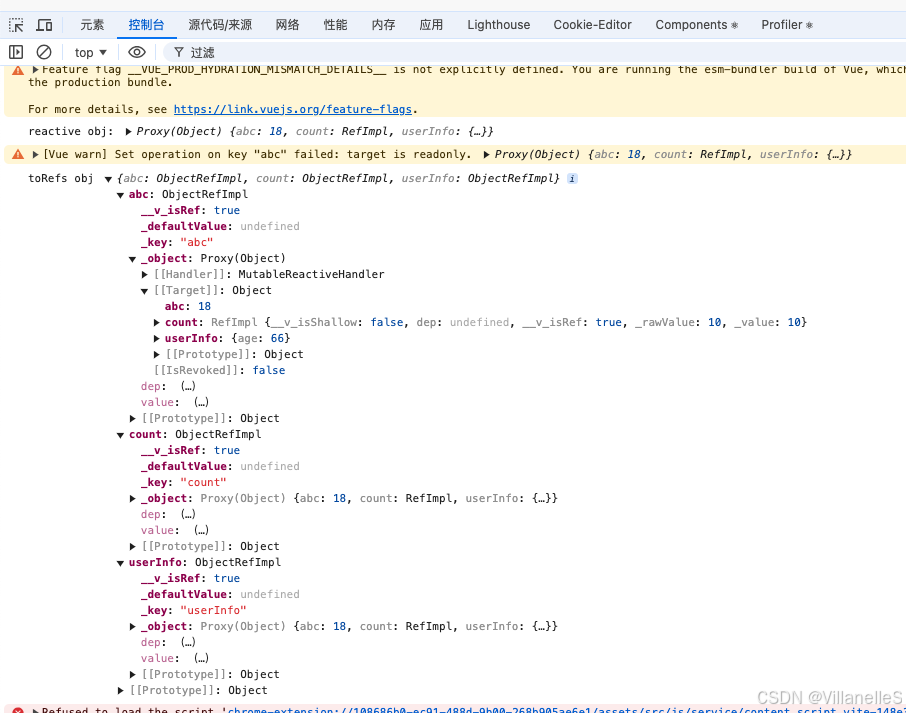
如果是通过ref创建出来的,一般是RefImpl,如果是通过toRefs创建出来的,一般把toRefs视为一个对象,针对对象里的所有属性,全部转换为toRefs的效果
生命周期
经常应用的场景:
1.初始化 mount
2.数据变化 update
3.卸载 unmount
加入LiftCycle组件
main.js
import { createApp } from 'vue'
import App from './App.vue'
import LifeCycle from './LifeCycle.vue'
createApp(App).mount('#app')
createApp(LifeCycle).mount('#lifeCycle')
index.html
<div id="lifeCycle"></div>
全部:
<!DOCTYPE html>
<html lang="">
<head>
<meta charset="utf-8">
<meta http-equiv="X-UA-Compatible" content="IE=edge">
<meta name="viewport" content="width=device-width,initial-scale=1.0">
<link rel="icon" href="<%= BASE_URL %>favicon.ico">
<title><%= htmlWebpackPlugin.options.title %></title>
</head>
<body>
<noscript>
<strong>We're sorry but <%= htmlWebpackPlugin.options.title %> doesn't work properly without JavaScript enabled. Please enable it to continue.</strong>
</noscript>
<div id="app"></div>
<!-- built files will be auto injected -->
<div id="lifeCycle"></div>
</body>
</html>
LifeCycle.vue
<template>
<div>
{{ count }}
{{ name }}
</div>
<button @click="addNumber">+1</button>
<button @click="updateName">update name</button>
</template>
<script>
export default {
data() {
return {
count:0,
name:"张三"
}
},
methods:{
addNumber(){
this.count++
},
updateName(){
this.name = "李四"
}
},
// 1.初始化,data还不能用
beforeCreate(){
console.log("beforeCreate")
},
// data可以用,dom不可用
created(){
console.log("created")
},
// 挂载之前,DOM还没有生成
beforeMount(){
console.log("beforeMount")
},
// 在VNode(初次渲染/更新)渲染时调用
renderTracked({key,target,type}){
console.log("renderTracked",key,target,type)
},
// 挂载之后,DOM已经生成
mounted(){
console.log("mounted")
console.log("-------------------------------------------------------------")
},
// 2.update
renderTriggered({key,target,type}){
console.log("renderTriggered",key,target,type)
},
beforeUpdate(){
console.log("beforeUpdate")
},
renderTracked({key,target,type}){
console.log("renderTriggered",key,target,type)
},
updated(){
console.log("updated")
},
// 3.卸载
beforeUnmount(){
console.log("beforeUnmount")
},
unmounted(){
console.log("unmounted")
}
}
</script>
<style scoped>
</style>
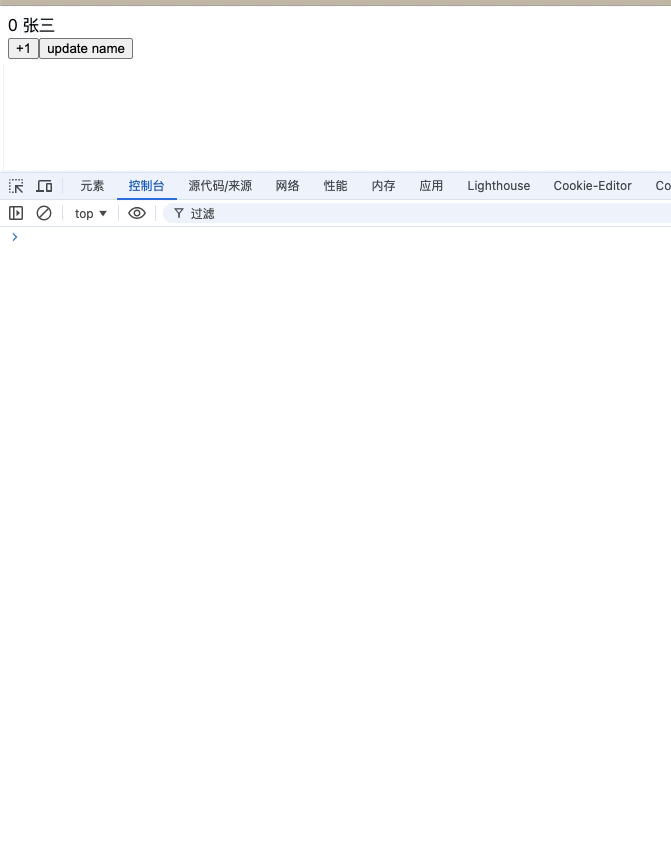
异步组件元素节点
正常写
- src
- Async.vue
- components
- AsyncComp.vue
index.html
<!-- 3.异步组件元素节点 -->
<div id="async"></div>
<!DOCTYPE html>
<html lang="">
<head>
<meta charset="utf-8">
<meta http-equiv="X-UA-Compatible" content="IE=edge">
<meta name="viewport" content="width=device-width,initial-scale=1.0">
<link rel="icon" href="<%= BASE_URL %>favicon.ico">
<title><%= htmlWebpackPlugin.options.title %></title>
</head>
<body>
<noscript>
<strong>We're sorry but <%= htmlWebpackPlugin.options.title %> doesn't work properly without JavaScript enabled. Please enable it to continue.</strong>
</noscript>
<!-- 1.composition 元素节点 -->
<div id="app"></div>
<!-- built files will be auto injected -->
<!-- 2.生命周期元素节点 -->
<div id="lifeCycle"></div>
<!-- 3.异步组件元素节点 -->
<div id="async"></div>
</body>
</html>
main.js
import { createApp } from 'vue'
import App from './App.vue'
import LifeCycle from './LifeCycle.vue'
import Async from './Async.vue'
import AsyncComp from './components/AsyncComp.vue'
createApp(App).mount('#app')
createApp(LifeCycle).mount('#lifeCycle')
const async=createApp(Async)
async.component("async-comp",AsyncComp)
async.mount('#async')
Async.vue
<template>
ASYNC
<async-comp></async-comp>
</template>
<script setup lang="ts">
</script>
<style scoped>
</style>
AsyncComp.vue
<template>
<div>async defineComponent</div>
</template>
<script setup lang="ts">
</script>
<style scoped>
</style>
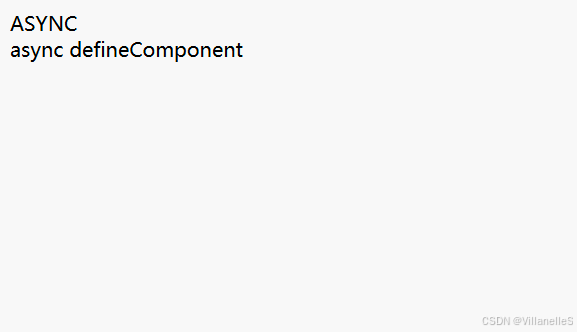
但是这样执行
pnpm run build
打包后,只会生成一个js文件

使用异步
main.js
const AsyncComp=defineAsyncComponent(()=>import('./components/AsyncComp.vue'))
async.component("async-comp",AsyncComp)
全部代码:
import { createApp,defineAsyncComponent } from 'vue'
import App from './App.vue'
import LifeCycle from './LifeCycle.vue'
import Async from './Async.vue'
// import AsyncComp from './components/AsyncComp.vue'
createApp(App).mount('#app')
createApp(LifeCycle).mount('#lifeCycle')
const async=createApp(Async)
const AsyncComp=defineAsyncComponent(()=>import('./components/AsyncComp.vue'))
async.component("async-comp",AsyncComp)
async.mount('#async')
再执行
pnpm run build
会生成两个js文件
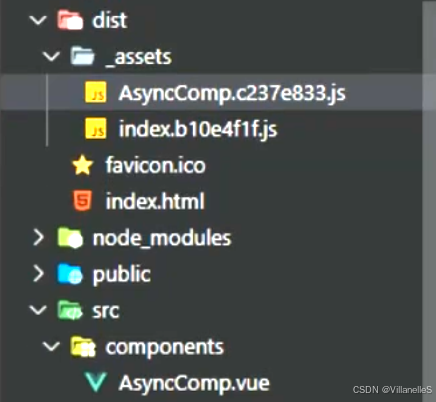
这两个文件是将我们异步的组件给单独拿出来,将异步组件单独拿出来的效果是,因为要做的是异步组件的动态引入,一般是额外使用或之后去用,就没有必要跟原先代码单独一起打包。
对应的是React.lazy和React中的suspense
const myComponent=React.lazy(()=>import('./Component'))
function MyComponent(){
return (
<div>
<Suspense fallback={<Loading />}>
<Component />
</Suspense>
</div>
)
}
teleport 传送门—createPortal React
将子节点渲染到父节点以外的DOM的方式
- src
- Dialog.vue
index.html
<!-- 4.teleport 元素节点 -->
<div id="dialog"></div>
全部代码:
<!DOCTYPE html>
<html lang="">
<head>
<meta charset="utf-8">
<meta http-equiv="X-UA-Compatible" content="IE=edge">
<meta name="viewport" content="width=device-width,initial-scale=1.0">
<link rel="icon" href="<%= BASE_URL %>favicon.ico">
<title><%= htmlWebpackPlugin.options.title %></title>
</head>
<body>
<noscript>
<strong>We're sorry but <%= htmlWebpackPlugin.options.title %> doesn't work properly without JavaScript enabled. Please enable it to continue.</strong>
</noscript>
<!-- 1.composition 元素节点 -->
<div id="app"></div>
<!-- built files will be auto injected -->
<!-- 2.生命周期元素节点 -->
<div id="lifeCycle"></div>
<!-- 3.异步组件元素节点 -->
<div id="async"></div>
<!-- 4.teleport 元素节点 -->
<div id="dialog"></div>
</body>
</html>
main.js
const dialog=createApp(Dialog)
dialog.mount('#dialog')
全部代码:
import { createApp,defineAsyncComponent } from 'vue'
import App from './App.vue'
import LifeCycle from './LifeCycle.vue'
import Async from './Async.vue'
import Dialog from './Dialog.vue'
// import AsyncComp from './components/AsyncComp.vue'
createApp(App).mount('#app')
createApp(LifeCycle).mount('#lifeCycle')
const async=createApp(Async)
const AsyncComp=defineAsyncComponent(()=>import('./components/AsyncComp.vue'))
async.component("async-comp",AsyncComp)
async.mount('#async')
const dialog=createApp(Dialog)
dialog.mount('#dialog')
Dialog.vue
<template>
<div class="portals">
<button @click="showNotification">切换弹窗</button>
<teleport to="#dialog">
<div v-if="isOpen" class="notification">
这是一个弹窗
</div>
</teleport>
</div>
</template>
<script>
import { ref } from 'vue';
export default {
setup(){
const isOpen=ref(false)
let closePopup
const showNotification=()=>{
isOpen.value=true
clearTimeout(closePopup)
closePopup=setTimeout(()=>{
isOpen.value=false
},20000)
}
return {
isOpen,
showNotification
}
}
}
</script>
<style scoped>
.notification{
position: fixed;
bottom: 20px;
background-color: #fff;
border: 1px solid #ccc;
width: 300px;
padding:30px;
}
</style>
弹窗是挂载在dialog下的,而不是protals下

自定义hooks
hooks最重要的特点:对于我们来说,不需要关心内部的逻辑,而且与Vue2相比,提供了一个非常合理的方式,使用Vue2的option API很容易写出三五千行的代码,但是对于函数式编程来说,按照逻辑功能拆分下来,一个文件至少包含一个功能,其他功能引用即可。
- public
- index.html
- src
- hooks
- useMousePosition.js
- MouseMove.vue
- main.js
- hooks
index.html
<!-- 5.自定义hook -->
<div id="mousemove"></div>
全部代码:
<!DOCTYPE html>
<html lang="">
<head>
<meta charset="utf-8">
<meta http-equiv="X-UA-Compatible" content="IE=edge">
<meta name="viewport" content="width=device-width,initial-scale=1.0">
<link rel="icon" href="<%= BASE_URL %>favicon.ico">
<title><%= htmlWebpackPlugin.options.title %></title>
</head>
<body>
<noscript>
<strong>We're sorry but <%= htmlWebpackPlugin.options.title %> doesn't work properly without JavaScript enabled. Please enable it to continue.</strong>
</noscript>
<!-- 1.composition 元素节点 -->
<div id="app"></div>
<!-- built files will be auto injected -->
<!-- 2.生命周期元素节点 -->
<div id="lifeCycle"></div>
<!-- 3.异步组件元素节点 -->
<div id="async"></div>
<!-- 4.teleport 元素节点 -->
<div id="dialog"></div>
<!-- 5.自定义hook -->
<div id="mousemove"></div>
</body>
</html>
main.js
import MouseMove from './MouseMove.vue'
const mousemove=createApp(MouseMove)
mousemove.mount('#mousemove')
全部代码:
import { createApp,defineAsyncComponent } from 'vue'
import App from './App.vue'
import LifeCycle from './LifeCycle.vue'
import Async from './Async.vue'
import Dialog from './Dialog.vue'
// import AsyncComp from './components/AsyncComp.vue'
import MouseMove from './MouseMove.vue'
// createApp(App).mount('#app')
// createApp(LifeCycle).mount('#lifeCycle')
// const async=createApp(Async)
// const AsyncComp=defineAsyncComponent(()=>import('./components/AsyncComp.vue'))
// async.component("async-comp",AsyncComp)
// async.mount('#async')
// const dialog=createApp(Dialog)
// dialog.mount('#dialog')
const mousemove=createApp(MouseMove)
mousemove.mount('#mousemove')
useMousePosition.js
import { onMounted, onUnmounted, ref } from "vue";
function useMousePosition() {
const x=ref(0)
const y=ref(0)
const updateMouse=e=>{
x.value=e.pageX
y.value=e.pageY
}
onMounted(()=>{
document.addEventListener('click',updateMouse)
})
onUnmounted(()=>{
document.removeEventListener('click',updateMouse)
})
return{
x,
y
}
}
export default useMousePosition
MouseMove.vue
<!-- 提供鼠标位置自定义hooks -->
<template>
<div>
<p>X:{{x}}</p>
<p>Y:{{y}}</p>
</div>
</template>
<script>
import { defineComponent } from 'vue';
import useMousePosition from './hooks/useMousePosition';
export default defineComponent({
setup(){
const {x,y}=useMousePosition()
return {
x,y
}
}
})
</script>
<style scoped>
</style>
